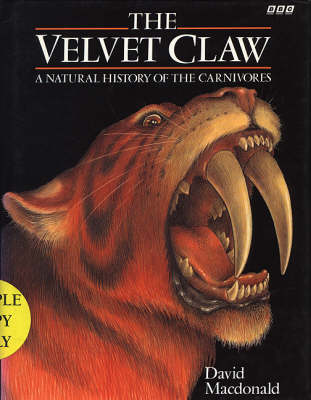This book explores the history of carnivores by focusing on today's descendants and their early ancestors. There are more than 200 species of carnivore in existence which are more diverse than any other living group of vertebrates. The one feature which distinguishes carnivores from all other mammals is the carnassial tooth, designed for shearing meat, although, ironically, their survival has often depended on their ability to survive on diets other than meat. Nearly 40 million years ago the ancestors of two great dynasties of modern predators became divided. In a world dominated by forests the ancestors of the cat remained in the trees, and animals like the sabre-toothed tiger evolved into refined killers. The ancestors of the dog descended to the ground to feed in the clearings and later, with the opening up of the grassy plains and the prey available on these, the dog established its hunting terrain. The book helps to explain the extraordinary myths surrounding the hyena and its peculiar sexuality.
It explores how bears, racoons and pandas as a group of carnivores have a truly omnivorous existence, addressing the question - can the vegetarian panda still be classified as a carnivore? The author also looks at the smaller carnivores of the mustella family with their incredible variation in size and lifestyle. They have developed to become both predators and prey and some, such as the skunk, have evolved elaborate defence mechanisms to deter predators. The various species of carnivore depend on each other for their survival, and it is an ironical fact that many skilled and powerful carnivores are more vulnerable than the prey they hunt - resulting in the establishment of intricate carnivore societies, like that of the meerkat.
- ISBN10 0563208449
- ISBN13 9780563208440
- Publish Date 21 September 1992
- Publish Status Out of Print
- Out of Print 10 May 2000
- Publish Country GB
- Publisher BBC Consumer Publishing
- Imprint BBC Books
- Format Hardcover
- Pages 256
- Language English
